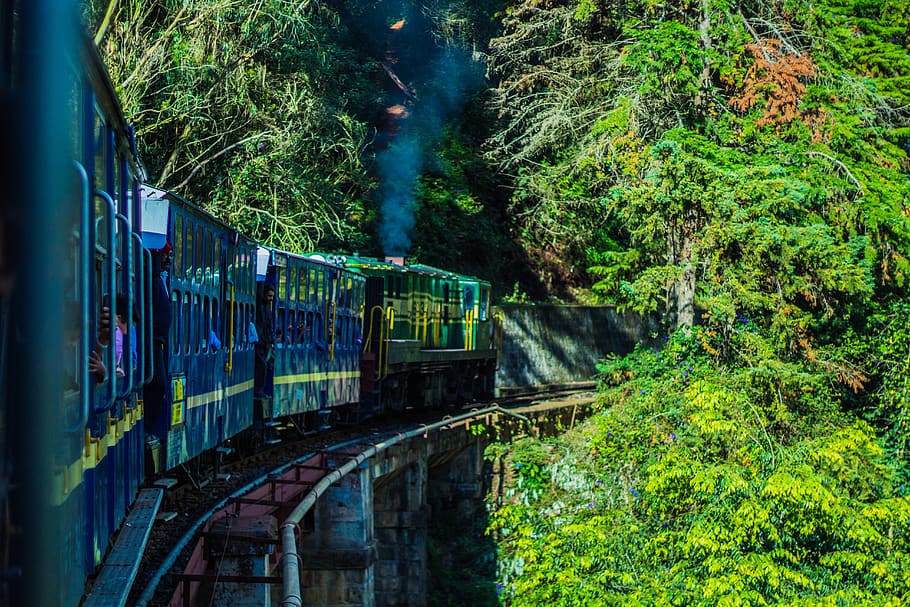
Madurai Rameswaram & Kanyakumari Tour





Madurai
Overview: Madurai, often referred to as the “Athens of the East,” is one of the oldest continuously inhabited cities in India. It is renowned for its vibrant culture, historical temples, and bustling markets.
Key Attractions:
Meenakshi Amman Temple: This grand temple is the jewel of Madurai and an architectural marvel. Dedicated to Meenakshi (a form of Parvati) and her consort Sundareswarar (Shiva), it features intricate sculptures, towering gopurams (gateway towers), and a sacred pond. The temple's hallways are adorned with over a thousand pillars, each carved with detailed figures.
Thirumalai Nayak Palace: Built in 1636 by King Thirumalai Nayak, this palace is known for its massive pillars, grand arches, and a blend of Dravidian and Islamic architectural styles. The palace includes a historical museum that displays artifacts from the Nayak period.
Gandhi Museum: Housed in the former palace of the Rani of Sivaganga, this museum chronicles the life and legacy of Mahatma Gandhi, with exhibits including photographs, personal items, and historical documents related to the Indian freedom struggle.
Alagar Kovil: A temple dedicated to Lord Vishnu, located about 21 kilometers from Madurai. The temple is situated on a picturesque hill and is known for its peaceful environment and traditional architecture.
Local Markets: Madurai’s bustling markets, such as the Puthu Mandapam and the surrounding streets, are vibrant with local crafts, textiles, and street food. The city is particularly famous for its jasmine flowers and traditional silk sarees.
Rameswaram
Overview: Rameswaram is a significant pilgrimage destination located on the Pamban Island, connected to mainland India by the Pamban Bridge. It is renowned for its sacred temples and historical significance in Hindu mythology.
Key Attractions:
Ramanathaswamy Temple: This ancient temple is dedicated to Lord Shiva and is one of the twelve Jyotirlingas. The temple complex is famous for its massive corridors, intricately carved pillars, and sacred wells known as “Theerthams.” Pilgrims come here to perform rituals and take a dip in the holy waters to cleanse themselves of sins.
Agni Theertham: The sacred beach located in front of the Ramanathaswamy Temple. Pilgrims take ritual baths here to purify themselves. The beach offers a serene environment with beautiful views of the sea.
Dhanushkodi: An abandoned town on the southeastern tip of the island, known for its ruins and dramatic landscapes. It was destroyed by a cyclone in 1964 and is now a ghost town with remnants of old buildings and a deserted railway station.
Pamban Bridge: A historic bridge connecting Rameswaram to the mainland. It is notable for its unique design and the views it offers of the surrounding waters. The bridge is a marvel of engineering and a key landmark of the region.
Kanyakumari
Overview: Kanyakumari, located at the southern tip of India, is where the Indian Ocean, Bay of Bengal, and Arabian Sea converge. It is a major pilgrimage site and known for its stunning natural beauty and cultural significance.
Key Attractions:
Vivekananda Rock Memorial: Situated on a rock island, this memorial honors Swami Vivekananda, who is believed to have meditated here. The memorial offers breathtaking views of the ocean and the confluence of the three seas. It features a meditation hall and a statue of Vivekananda.
Thiruvalluvar Statue: A massive statue of the Tamil poet and philosopher Thiruvalluvar, situated near the Vivekananda Rock Memorial. The statue stands at 133 feet tall, representing the 133 chapters of his famous work, the Thirukkural.
Kanyakumari Temple: Dedicated to the goddess Kanya Kumari, this temple is an important pilgrimage site. The temple is believed to be the place where the goddess performed penance, and it features beautiful architecture and a tranquil atmosphere.
Gandhi Memorial: Built in honor of Mahatma Gandhi, this memorial marks the spot where his ashes were kept before immersion in the sea. The design of the memorial aligns with the sun's rays on Gandhi’s birthday, adding a unique astronomical element to the site.
Sunset and Sunrise Points: Kanyakumari is renowned for its stunning sunrises and sunsets. The views from the beach, where the three seas meet, are particularly spectacular and provide a memorable experience.
Padmanabhapuram Palace: Located a bit outside Kanyakumari, this historical palace was the residence of the Travancore royal family. The palace is known for its traditional wooden architecture and historical artifacts.
Day 1: Arrival in Madurai
Madurai is one of the oldest cities in India, known for its rich cultural heritage and historic temples.
Meenakshi Amman Temple: Begin your tour with a visit to this iconic temple, renowned for its stunning architecture, intricate sculptures, and vibrant colors. The temple complex is dedicated to Meenakshi, a form of Parvati, and her consort, Sundareswarar (Shiva).
Thirumalai Nayak Palace: Explore this 17th-century palace known for its grand architecture, including impressive pillars and arches.
Gandhi Museum: Visit this museum dedicated to Mahatma Gandhi, showcasing his life and the Indian freedom struggle.
Evening at the local market: Experience the bustling atmosphere of Madurai’s markets, where you can shop for local crafts, textiles, and snacks.
Day 2: Madurai to Rameswaram
Travel to Rameswaram, which is approximately 170 kilometers from Madurai. The journey will take around 4-5 hours by road.
Ramanathaswamy Temple: This major pilgrimage site is dedicated to Lord Shiva and is famous for its elaborate corridors and sacred wells. It’s one of the twelve Jyotirlingas, making it a significant site for Hindus.
Agni Theertham: A sacred beach where pilgrims take a dip to purify themselves. It’s located near the Ramanathaswamy Temple.
Dhanushkodi: Explore the abandoned town of Dhanushkodi, which was ravaged by a cyclone in 1964. The remains of this ghost town offer a glimpse into its past grandeur and scenic views of the Bay of Bengal.
Day 3: Rameswaram to Kanyakumari
Travel to Kanyakumari, which is about 310 kilometers from Rameswaram. The journey may take around 6-7 hours by road.
Vivekananda Rock Memorial: Visit this monument dedicated to Swami Vivekananda, located on a rock island in the sea. It’s an important spiritual center and offers breathtaking views of the confluence of the Indian Ocean, Bay of Bengal, and Arabian Sea.
Thiruvalluvar Statue: A massive statue of the Tamil poet and philosopher Thiruvalluvar, situated near the Vivekananda Rock Memorial.
Kanyakumari Temple: This temple, dedicated to the goddess Kanya Kumari, is believed to be the site where the goddess performed penance.
Sunset View: Witness the stunning sunset over the horizon where three seas meet. Kanyakumari is one of the best places in India to experience this natural phenomenon.
Day 4: Explore Kanyakumari
Padmanabhapuram Palace: A short drive from Kanyakumari, this historic palace, now a museum, showcases the grandeur of the erstwhile Travancore royal family.
Gandhi Memorial: Visit this memorial built in honor of Mahatma Gandhi, where his ashes were kept before being immersed in the sea.
Local Markets: Spend some time exploring the local markets of Kanyakumari, known for its handicrafts, seashell products, and traditional South Indian goods.
Day 5: Departure
Depending on your travel plans, you might have some additional time for shopping or relaxing before you depart from Kanyakumari.
Package Inclusions:
Package Exclusions:

The Queen of Hill Stations, offers breathtaking scenery, serene lakes, and rolling hills.

The Queen of Hill Stations, offers breathtaking scenery, serene lakes, and rolling hills.

Embark on a romantic honeymoon tour with a blend of heritage and natural beauty.
Copyright © 2025 hindustanjourney.com All rights reserved.
© Hindustan Journey Pvt. Ltd. Recognized by Ministry of Tourism, Government of India.